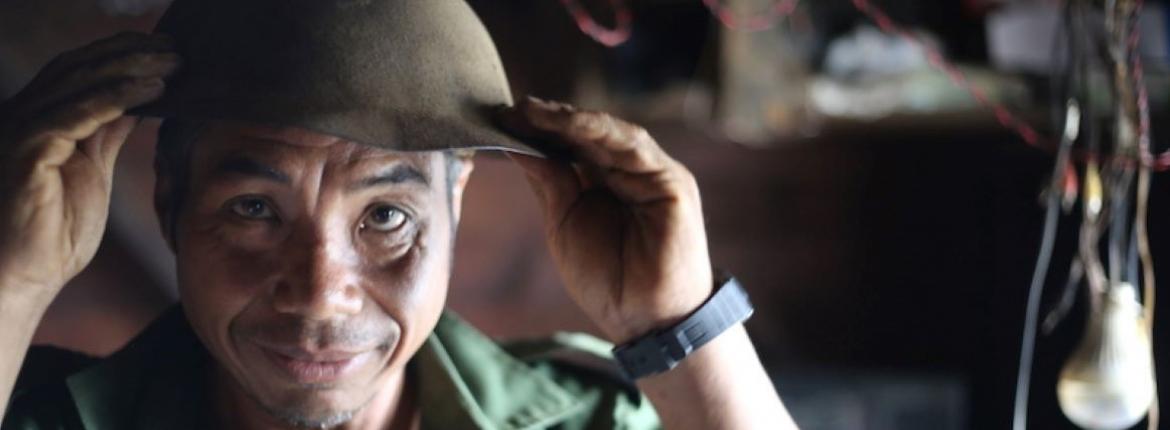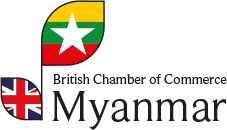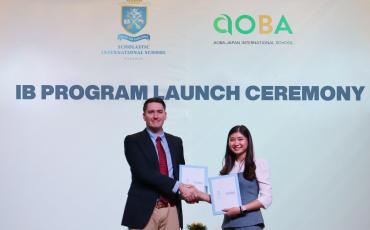
On Thursday, 15th December 1943, amidst the jungles of Northern Arakan, the newly appointed Supreme Commander of Allied Forces in Southeast Asia Lord Louis Mountbatten, gathered about him the troops of 136 Field Regiment Royal Artillery.
Standing a top of a crate with his service hat struck at a jaunty angle, Lord Louis addressed the men:
“I know you think of yourselves as the Forgotten Army. Well, let me tell you, you’re not forgotten … nobody even knows you’re here!”
The men laughed at the joke. But it wasn’t far off the truth. The priority for Washington and London was the war against Germany in Europe. The Burma Campaign was a neglected sideshow. When news of the latest, embarrassing defeat to the Japanese reached Churchill, he would note grimly that at least no-one was paying attention.
Misfortune, Disaster, Evacuation
War wasn’t supposed to come to Burma.
The Japanese attack on Pearl Harbor in December 1941 shocked the world but still the response of the British in Burma was slow.
The danger became apparent when the bombs began falling in Rangoon and corpses piled up outside the Rowe & Co. Department store, today’s AYA Bank by Mahabandula Park. The Japanese, alongside Aung San and his thirty comrades, entered Burma from Thailand early 1942 and swiftly advanced up through Tenaserim (Tanintharyi Region.)
Major General Jackie Smyth was put in charge of the defense of Moulmein. The town had become the first capital of British Burma after the First Anglo-Burmese War (1824-1826) and losing it to the Japanese would be an almighty blow to British confidence and prestige.
The fact that the British had been greatly over-estimated and the Japanese under-estimated was already becoming apparent. The Japanese were better trained than their adversaries and bolder in the attack. They often had the support of the local Burmese who looked to them as liberators. As for the British, there was mistrust in the ranks and disagreement at the top. Smyth was constantly opposed to the strategy demanded by his superiors Generals Hutton and Wavell.
Moulmein fell and in a rush to get back behind the Sittang River the order for the Sittang Bridge to be blown was given with half the division on the wrong side.
At this point there was little chance for the Japanese advance on Rangoon to be halted. The order to evacuate the city was given. The oilfields at Thanlyin were blown: black pillars of smoke rose into the sky and fires raged. At Government House, after a last supper the Governor of Burma Sir Reginald Dorman-Smith and his guests began throwing billiard balls through the canvas portraits of past imperial glory.
Lunatics were released from the asylum and opportunists ran riot. As the city slipped into chaos there were rumours of an orangutan on the loose in Botataung, steadily getting drunk on discarded whiskey.
Bill Slim, Master of War
The Allied forces retreated all the way back to India. A bedraggled and desperate trail or refugees following in their wake.
The American General “Vinegar” Joe Stilwell, who had led a small party of soldiers over the hilly jungles of Northern Burma, was candid at a press conference in New Delhi on 24th May 1942:
“I claim we got a hell of beating. We got run out of Burma and it is humiliating as hell. I think we ought to find out what caused it, and go back and retake it.”
After a failed attempt to take back the initiative in the Arakan, changes were made at the top. Lord Louis was appointed as the “Supremo” and General William Slim was promoted to command the Fourteenth Army.
had been appointed to command Burma Corps in 1942 and therefore had witnessed firsthand as the Allied were forced into the longest retreat in British military history. Since arriving in India, Slim set about assessing what had gone wrong. At the heat of the problem he found a shattered morale. In Slim’s military philosophy, just as important as strategy and tactics was the resolution and spirit of each fighting soldier.
He set about training the Fourteenth Army and instilling the belief that they could match the Japanese “superman” – even in jungle warfare. As Dr Robert Lyman writes in his book Slim, Master of War, he went about molding well-trained and motivated troops, soldiers that were “exceptionally confident in their fighting skills, their tactics and their leaders. … achieved only as the result of hard and realistic training.”
His personality dominated all around him and made a huge impression on his men. As George MacDonald Fraser was to write:
“I think it was that sense of being close to us, as though he were chatting offhand to an understanding nephew (not for nothing was he ‘Uncle Bill’) that was his great gift … You knew, when he talked of smashing the Jap, that to him it meant not only arrows on a map but clearing bunkers and going in under shell-fire; that he had the head of a general with the heart of a private soldier.”
The panache of the Chindits deep penetration raids led by Orde Wingate and Stilwell’s siege of Myitkyina were successes that beamed around the world. But the greatest test of the Allies in Burma was to come in the Spring on 1944.
The Japanese Operation U-Go was their attempt to march up through to the Naga Hills and invade India. It was hear at the battles of Imphal and Kohima that the tide of war changed in favour of the British. Slim allowed the Japanese to overstretch themselves, knowing that they would rely on overrunning British positions to sustain their troops. Moreover, the Japanese were counting on facing the same soldiers that had put up such a poor defense in 1942. They were not expecting Slim’s galvanized and refortified army.
Nonetheless, Slim was not prepared for so heavy a thrust by the Japanese. As the two armies locked in a death-embrace, grenades were flung across the tennis court of the Deputy Commissioner’s bungalow and Kohima came to resemble a battlefield of the First World War.
Throughout it all Slim stood like a rock, “firm and unyielding in his refusal to be cowed” by the onslaught [Lyman]. Eventually the Japanese began to be pushed back into Burma. Upon recapturing Shwegyin, Slim reflected on what had been achieve, and what still had to be done:
“There, still lying in the amphitheatre of hills on the river bank, were the burnt-out and rusted tanks that I had so reluctantly destroyed and abandoned in the Retreat, two and a half years before. As I walked among them, resavouring in imagination the bitter taste of defeat, I could raise my head. Much had happened since then. Some of what we owed we had paid back. Now we were going on to pay back the rest - with interest.”
Forgotten Allies
The Naga people had been integral to the success of the Allies around Imphal and Kohima, acting as guides and scouts.
The people of Myanmar only became more important to the Allies as they began to wrestle the Japanese out of Burma. It was the task of the Special Operations Executive (SOE), known as Force 136 in Burma, to protect the Fourteenth Army as they marched south towards Mandalay, Meiktila and eventually Rangoon.
Last year, Sampan spoke to Duncan Gilmour, a trustee of the charity Help for Forgotten Allies, whose grandfather Colonel Peacock led Operation Character, one of the largest SOE operations, commanding 80 British officers and around 12, 000 Karen guerillas.
“Without the tribesmen it could not have been done”, Duncan said. “They were fearless and they were cunning; they were brave, and they were loyal, and they protected the British. Hiding injured soldiers, taking up little known paths. It was really down to the locals that it was so successful.”
And successful it was. At the time of its conclusion Operation Character had accounted for nearly 11,874 Japanese dead for just 22 of their own, a kill ratio of 545/1. The thousands of Japanese still in Burma were a scattered bunch, with many trapped and falling victim to disease in the hills around Pegu (Bago), east or Rangoon.
When the atom bombs were dropped and the Japanese surrendered, Burma sped towards independence and as the British left, many of the ethnic men who had fought with the Allies, in particular the Karen, felt that they had been abandoned. Civil war raged, the effects of which are still being felt today.
Today
If the Fourteenth Army really was forgotten, their Myanmar allies were even more so.
Last year Grammar Production made the documentary Forgotten Allies about the charity Help for Forgotten Allies and their efforts to support Myanmar veterans of the Burma Campaign. The documentary’s mission was to record their stories before it was too late.
Perhaps one of the most remarkable facets of the Fourteenth’s eventual victory in Burma was that it was made up of so many different nationalities. It included men from England, Ireland, Wales, and Scotland, as well as soldiers from China, and East Africa and West Africa. Flying in the air above were Newfoundlanders, Australians, Canadians, New Zealanders, and South Africans. There were men from every state in America, Indians of every caste, and soldiers from all corners of Burma, each with riffle and Tommy gun.
On VJ Day this week, it is important that all of us in Myanmar, and those of us elsewhere, remember the stories of these soldiers. To ensure that they are the Forgotten Army no more and to keep the spirit of the epitaph at Kohima alive:
“When you go home tell them of us and say: ‘For your tomorrow, we gave our today.’”
Bertie Alexander Lawson is the Managing Director of Sampan Travel, a Yangon-based tour operator creating tailor-made journeys through Myanmar. Sampan also organizes battlefield tours. In March 2020 their “Forgotten War Tour” with Dr Robert Lyman was cancelled due to the pandemic. They hope to run this tour in the future and in the meantime plan to host a conversation about the Burma Campaign and the Forgotten War Tour with Dr Lyman.
For more information, please contact Bertie at: [email protected]



